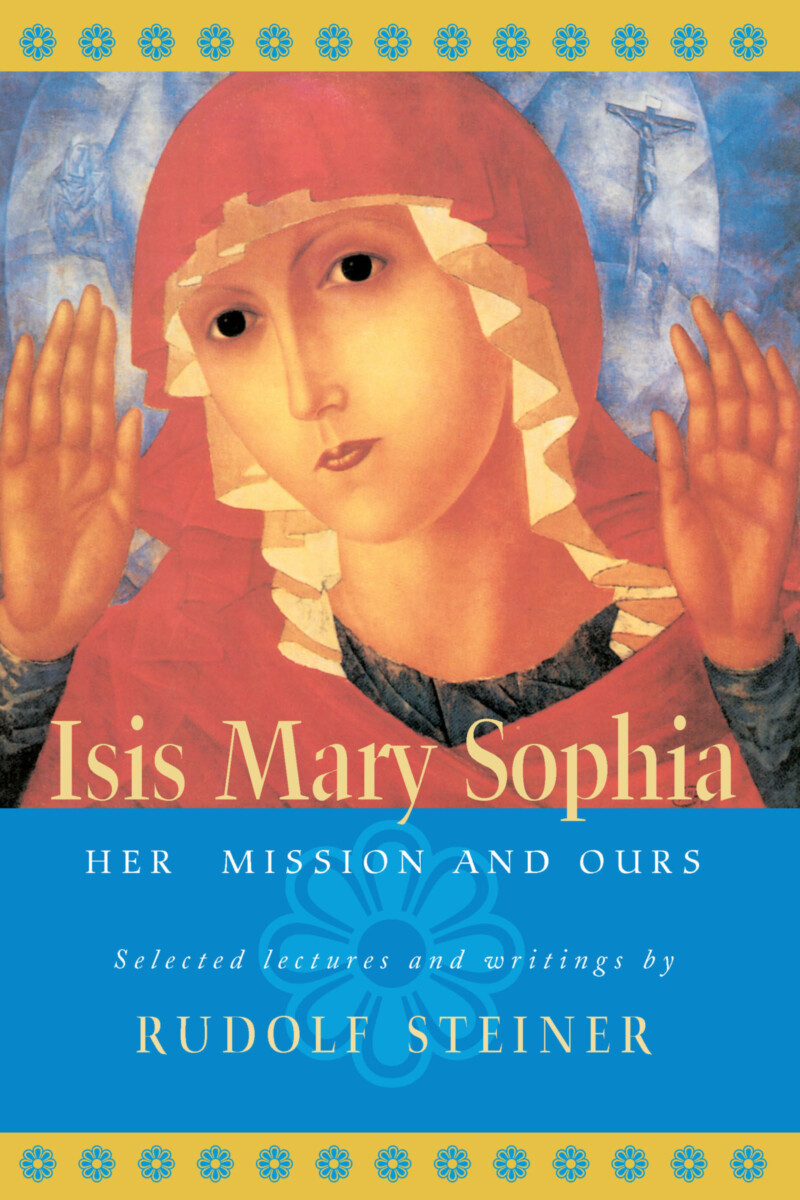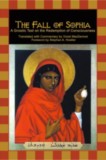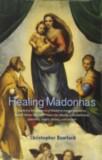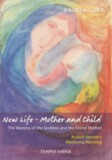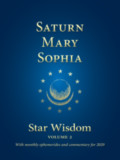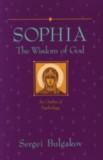Isis Mary Sophia
Her Mission and Ours
- Publisher
SteinerBooks - Published
1st June 2002 - ISBN 9780880104944
- Language English
- Pages 256 pp.
- Size 6" x 9"
The rebirth of the feminine surrounds us in many forms—from the global movement for women’s rights to a renewed interest in feminine spirituality, the Goddess, and the Divine Mother. What is the spiritual meaning of this rebirth? What is the feminine divine? Who is she?
The feminine divine has had many names in many cultures: Ishtar in Babylon, Inanna in Sumeria, Athena, Hera, Demeter, and Persephone in Greece, Isis in Egypt, Durga, Kali, and Lakshmi in India. She is the Shekinah of the Cabalists, and the Sophia of the Gnostics. To Steiner, she is Anthroposophia (or Divine Wisdom), who descended from the spiritual world and passed through humanity to become now the goal and archetype of human wisdom in the cosmos.
This book contains most of Steiner’s statements on Sophia. We see him “midwifing” the birth of the Sophia, the new Isis, and divine feminine wisdom, in human hearts on earth. Each chapter explores the mystery of the various relationships of Sophia: Sophia and Isis, Sophia and the Holy Spirit, Sophia and Mary, the mother of Jesus (and Mary Magdalene), Sophia and the Gnostic Achamod, and Sophia and the New Isis.
Above all, in a remarkable way, Steiner makes clear the relationship of Christ and Sophia.
C O N T E N T S:
Introduction by Christopher Bamford
Prologue: Living Thinking
1. Sophia, the Holy Spirit, Mary, and Mary Magdalene
2. Wisdom and Health
3. The Nature of the Virgin Sophia and of the Holy Spirit
4. Isis and Madonna
5. Wisdom and Love in Cosmic and Human Evolution
6. The Being Anthroposophia
7. The Gifts of Isis
8. From the Fifth Gospel
9. Sophia and Achamoth
10. The Legend of the New Isis
11. The Search for the New Isis 1
12. The Search for the New Isis 2
13. Sophia and Pistis
14. Michael, Sophia, and Marduk
15. A Christmas Study: The Mystery of the Logos
Rudolf Steiner
Rudolf Steiner (b. Rudolf Joseph Lorenz Steiner, 1861–1925) was born in the small village of Kraljevec, Austro-Hungarian Empire (now in Croatia), where he grew up. As a young man, he lived in Weimar and Berlin, where he became a well-published scientific, literary, and philosophical scholar, known especially for his work with Goethe’s scientific writings. At the beginning of the twentieth century, he began to develop his early philosophical principles into an approach to systematic research into psychological and spiritual phenomena. Formally beginning his spiritual teaching career under the auspices of the Theosophical Society, Steiner came to use the term Anthroposophy (and spiritual science) for his philosophy, spiritual research, and findings. The influence of Steiner’s multifaceted genius has led to innovative and holistic approaches in medicine, various therapies, philosophy, religious renewal, Waldorf education, education for special needs, threefold economics, biodynamic agriculture, Goethean science, architecture, and the arts of drama, speech, and eurythmy. In 1924, Rudolf Steiner founded the General Anthroposophical Society, which today has branches throughout the world. He died in Dornach, Switzerland.


